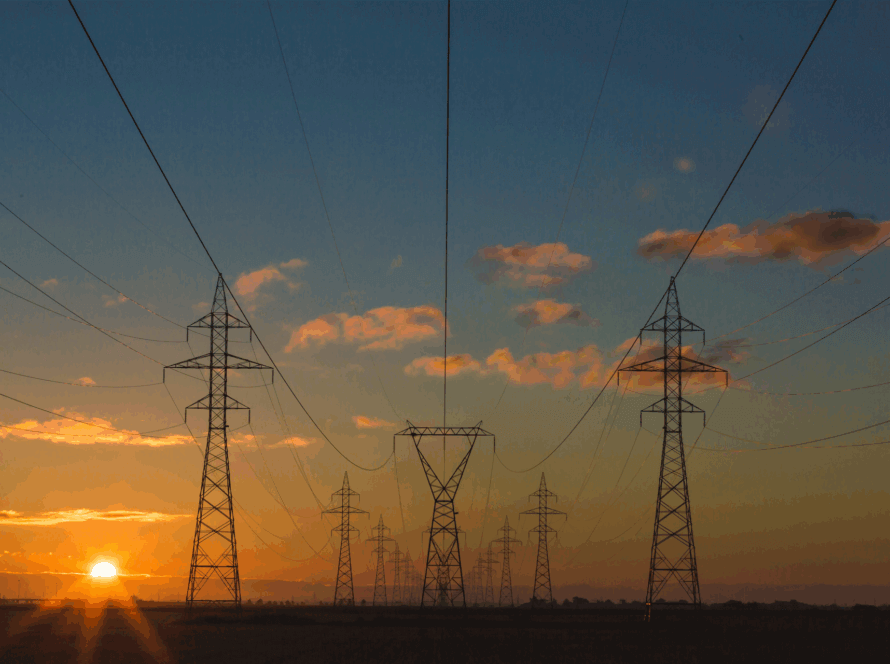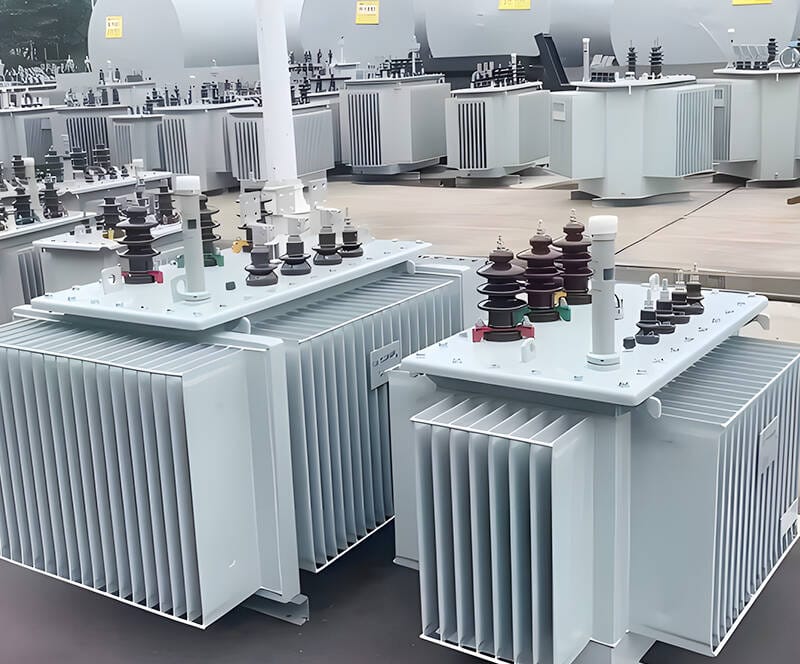The Rising Role of Solar Energy in Agriculture
In the rapidly evolving landscape of modern agriculture, solar energy systems have shifted from being a supplementary tool to becoming a core driver of sustainable agricultural practices. Traditionally, farmers installed solar panels on barn rooftops to harness renewable energy and reduce carbon footprints. While this approach proved effective, it presented limitations in terms of space utilization and scalability.
Today, the agricultural sector is undergoing a profound energy transformation. Solar systems are evolving toward more innovative and multifunctional solutions, seamlessly integrating energy production with agricultural operations. This trend not only enhances sustainability but also reduces operational costs and strengthens farmers’ energy independence.
Industry Trends: High-Tech Acceleration of Agri-Photovoltaics (Agri-PV)
Rapid Global Market Growth
The rise of agri-photovoltaic (Agri-PV) technology marks a significant expansion in the application of solar energy within the agricultural sector. According to multiple industry reports, the global Agri-PV market is expected to witness substantial growth over the next decade. This surge is being driven by several key factors:
- Improved Climate Resilience: Solar installations can provide shade for crops and livestock, reducing heat stress and enhancing the farm’s ability to adapt to the effects of climate change.
- Energy Cost Savings: By generating their own electricity, farmers can significantly cut down on energy expenses, improving overall profitability and financial stability.
- Policy Incentives: Governments around the world are offering subsidies, tax credits, and green financing options to encourage the adoption of renewable energy in agriculture, making solar investments more accessible and attractive for farmers.
Innovative Applications: Solar Technology Upgrades Agricultural Scenarios
The use of solar energy in agriculture is no longer confined to conventional installations. Several innovative practices are emerging, leading the way toward a new phase of energy integration in farming:
l Solar-Powered Irrigation Systems
Solar-powered irrigation offers a reliable, eco-friendly solution for water resource management in agriculture. These systems use solar energy to operate water pumps, reducing reliance on fossil fuels and lowering long-term operating costs.
For example, in Nepal, solar irrigation has transformed agricultural practices by ensuring stable water supply, boosting crop yields, and promoting diversification in farming activities.
l Livestock Shade Structures with Integrated PV Panels
Integrating solar panels into livestock shelters serves a dual purpose: power generation and shade provision. This design helps alleviate heat stress in animals, improves animal welfare, and enhances overall farm productivity.
A study by the University of Minnesota Extension revealed that dairy cows housed under PV-shade structures showed improved comfort levels and maintained stable milk production.
l Pollinator-Friendly Solar Farms
Planting native vegetation around solar installations helps create habitats for pollinators such as bees and butterflies, enhancing biodiversity and supporting natural crop pollination.
These “eco-friendly” solar farms are becoming models of agricultural-ecological synergy, balancing productive farming with environmental conservation.
A New Era: The Fusion of Agriculture and Solar Energy
Driven by technological advancement and market demand, agricultural solar systems are breaking beyond the limits of rooftops and entering fields, pastures, and entire ecosystems. This marks a new chapter in sustainable agricultural development—one that promises a greener, more efficient, and more resilient agricultural future.


